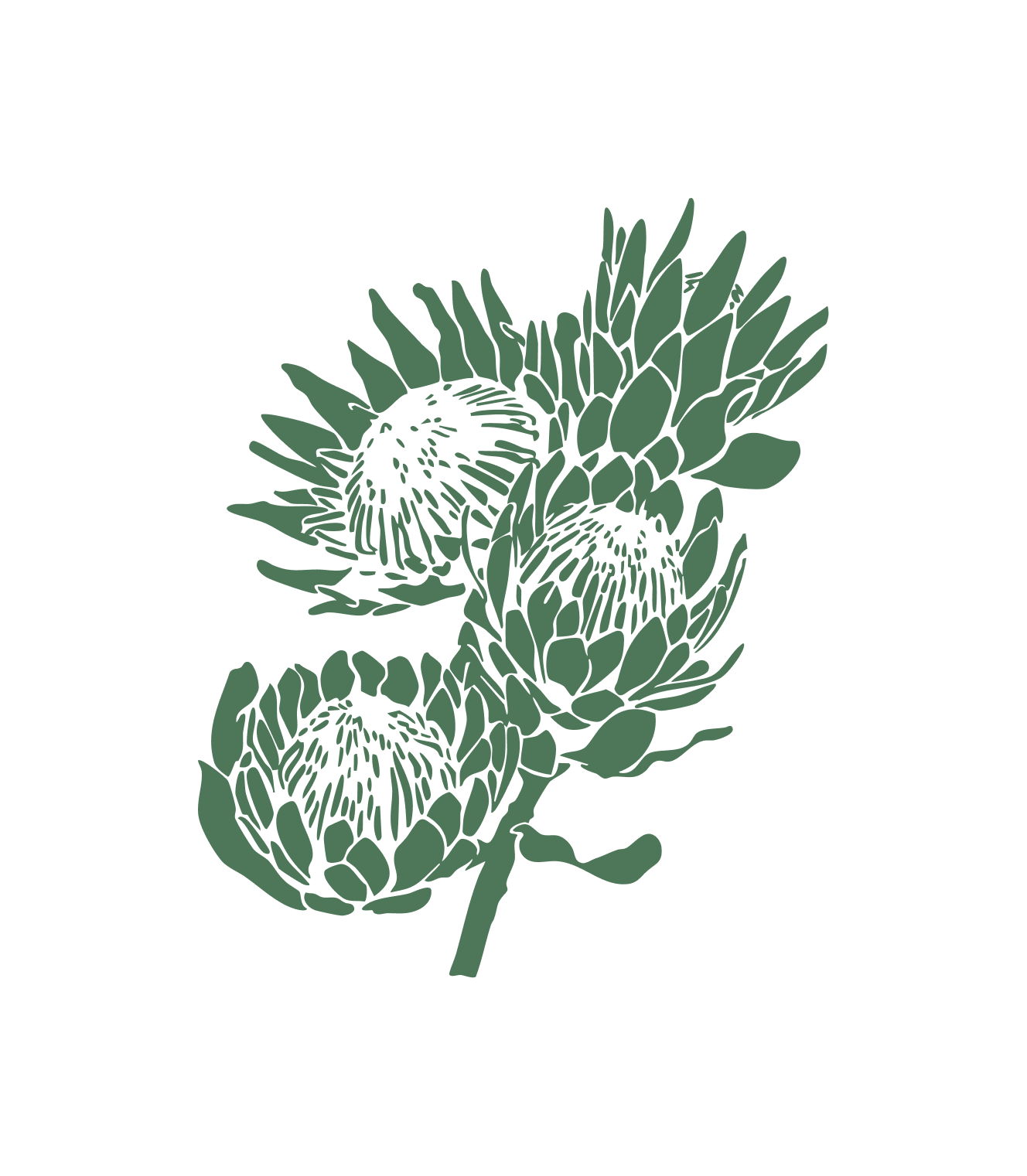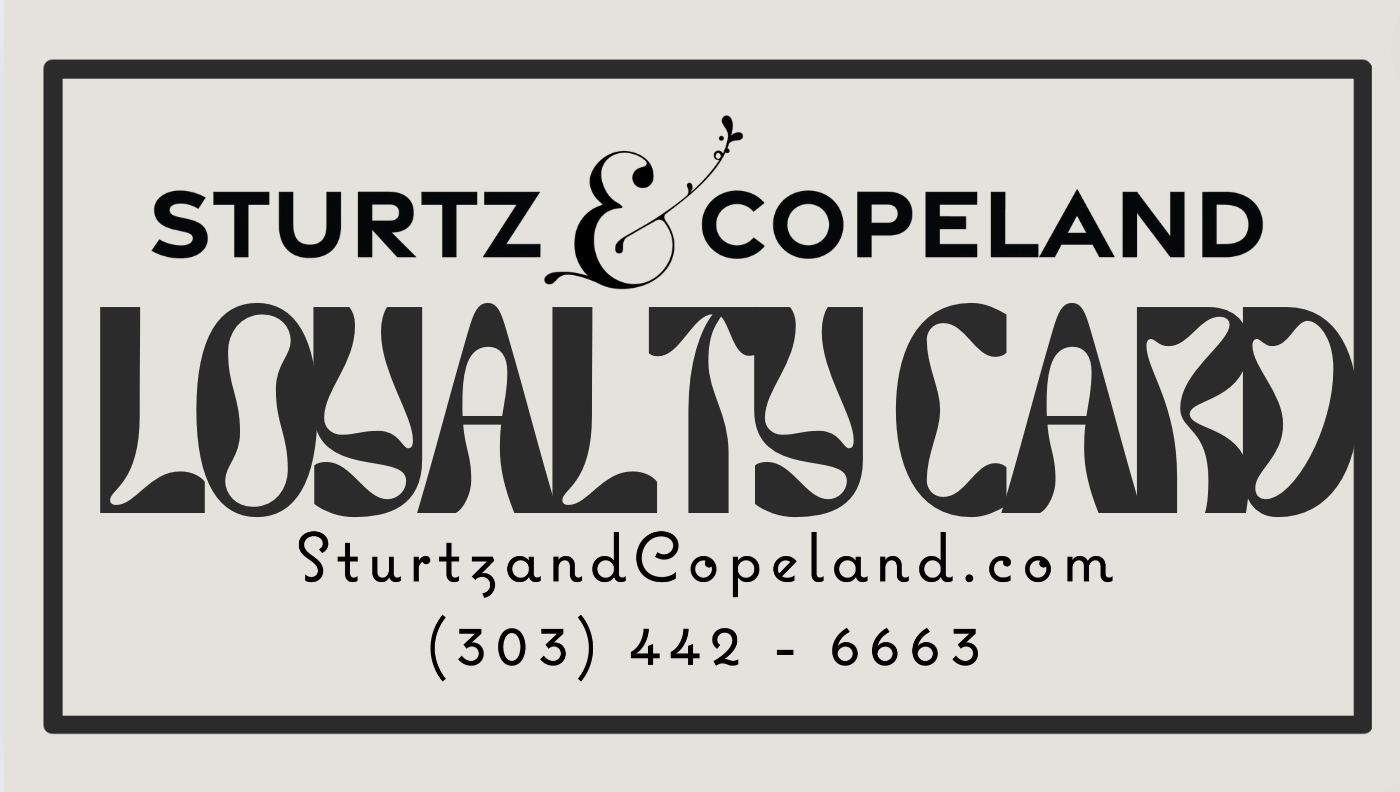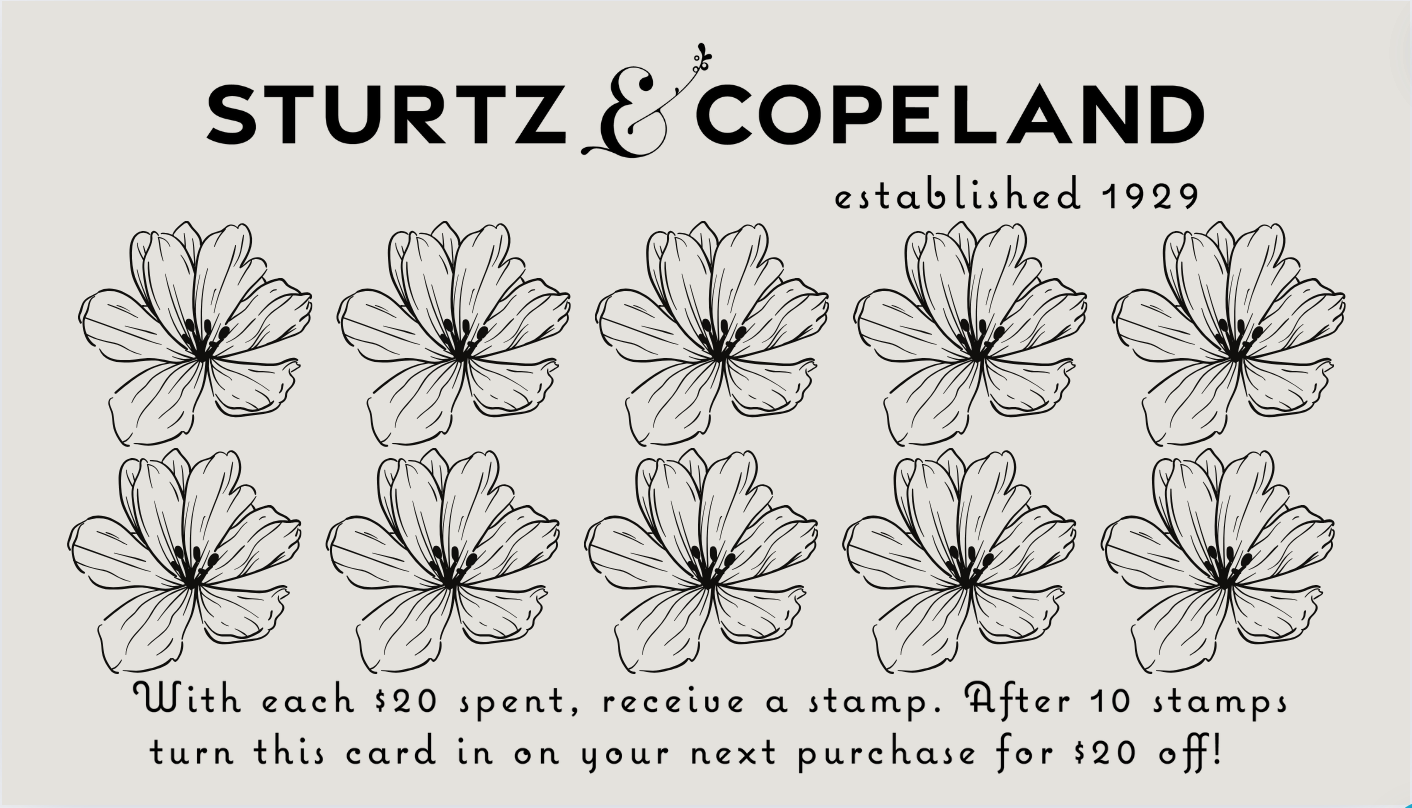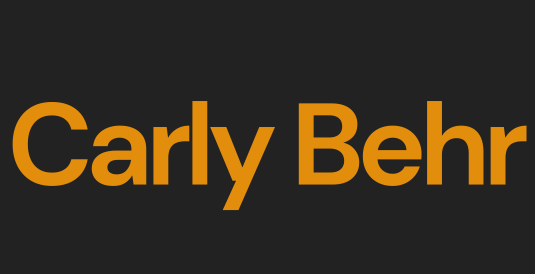With Sturtz and Copeland's finalization of an art direction and brand guide, I encountered both unexpected challenges and rewarding successes throughout the development process.
One of the biggest challenges I faced was creating a color palette that resonated with all personalities and designers on the marketing team. Finding a balance between personal design preferences and a cohesive, unified brand identity proved to be a difficult but important task. Additionally, stepping into a leadership role in defining the brand’s visual language was a new experience. While I wanted to ensure consistency and adherence to the guidelines I developed, I also had to navigate the dynamics of a collaborative team, making sure that other designers felt empowered rather than restricted by the framework. This process highlighted the real-world complexities of brand development—moving beyond a theoretical graduate school project and into a practical, high-stakes business application.
Despite these challenges, I experienced significant successes. I successfully integrated the brand’s visual identity across Sturtz and Copeland’s social media platforms, ensuring consistency in messaging, aesthetics, and overall brand perception. Additionally, the marketing materials I created—incorporating brand sketches, the finalized color palette, logo, and typography—worked seamlessly together. Seeing these elements come to life in physical materials and digital assets reinforced the strength of the design system and its potential for long-term brand coherence.
Looking ahead, my hope is that the marketing team at Sturtz and Copeland continues to embrace and uphold the brand guidelines, ensuring a consistent and compelling brand presence across all platforms. The process of developing this identity has not only strengthened my design skills but also deepened my understanding of effective brand management in a real-world business setting.














